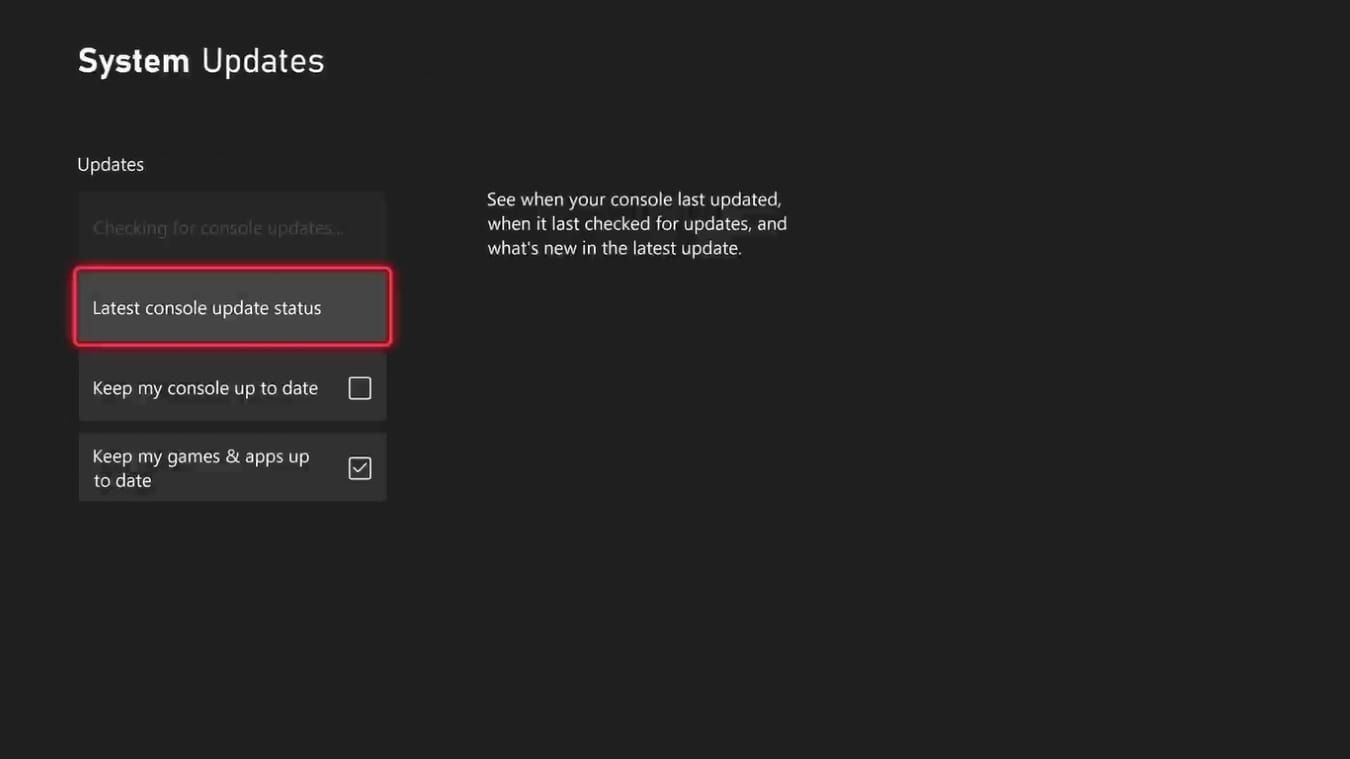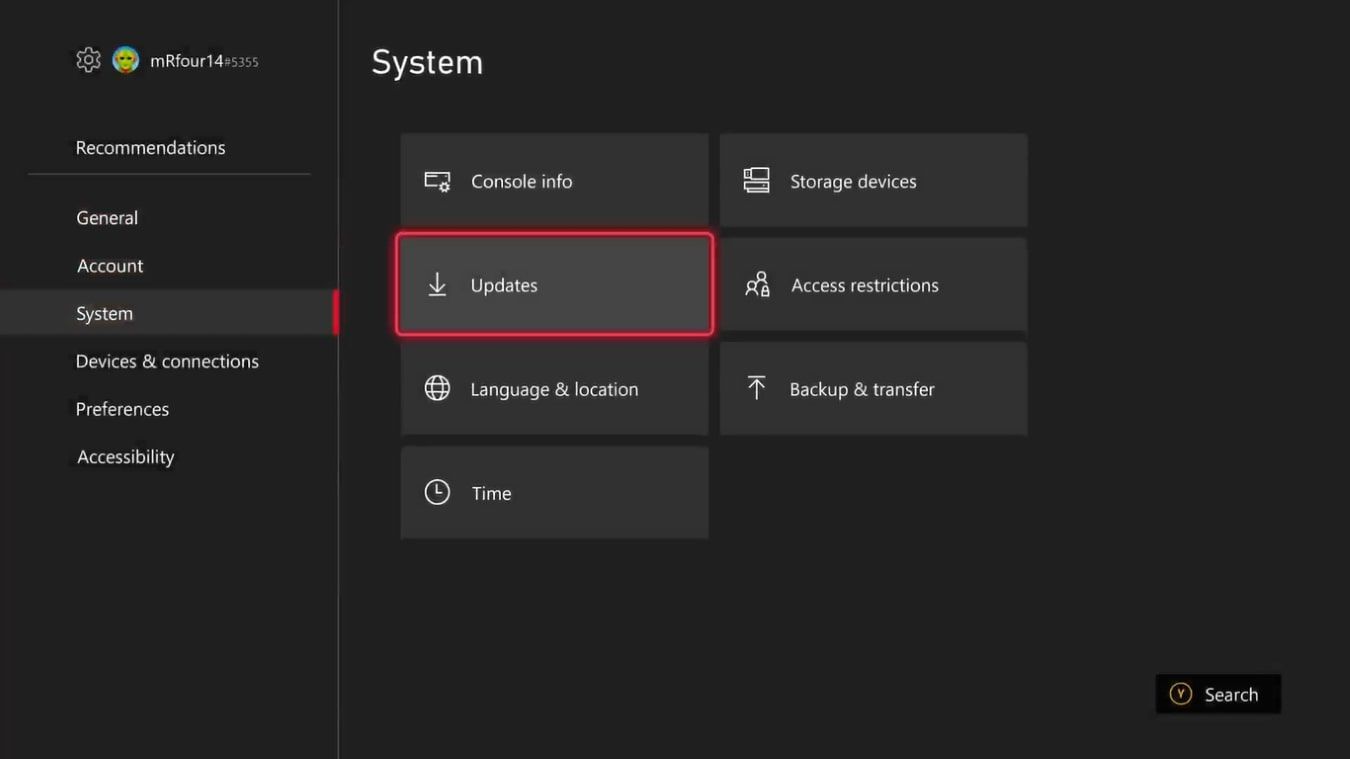
The Ever-Evolving Console: A Deep Dive into Updates, Improvements, and the Future of Gaming
The humble video game console, once a simple plug-and-play device, has transformed into a complex, connected entertainment hub. This evolution wouldn’t be possible without one crucial element: updates. From minor bug fixes to significant feature additions, console updates are the lifeblood of modern gaming, constantly shaping and reshaping our experiences. This article will delve into the world of console updates, exploring their history, purpose, impact, and what the future holds for this vital aspect of console gaming.
A Historical Perspective: From Cartridges to Connectivity
In the early days of gaming, consoles were self-contained units. The code was etched onto ROM cartridges, and what you saw was what you got. Bugs, glitches, and missing features were permanent realities, often becoming quirky, nostalgic elements of the games themselves. Patches and updates were simply not an option. The only recourse was a hardware revision or a sequel.
The introduction of CD-ROM based consoles like the PlayStation and Sega Saturn marked a subtle shift. While game code was still primarily on the disc, the possibility of rudimentary firmware updates emerged. These updates were typically delivered via a dedicated disc, often containing bug fixes or compatibility improvements. However, the process was cumbersome and far from seamless.
The real revolution arrived with the advent of broadband internet connectivity in the late 1990s and early 2000s. The Sega Dreamcast, although commercially unsuccessful, was a pioneer in online console gaming and paved the way for downloadable content and updates. However, it was Microsoft with the original Xbox that truly cemented the concept of console updates as we know them today. Xbox Live provided a platform for delivering patches, new features, and even downloadable games directly to the console.
Sony quickly followed suit with the PlayStation 2’s online capabilities, and Nintendo, while initially hesitant, eventually embraced the online landscape with the Wii. From that point onward, console updates became an integral part of the gaming ecosystem, transforming the console from a static device into a constantly evolving platform.
The Purpose and Impact of Console Updates:
Console updates serve a multitude of purposes, all contributing to a better user experience. They can be broadly categorized as follows:
-
Bug Fixes and Stability Improvements: This is arguably the most crucial role of console updates. Software, especially complex operating systems like those found on modern consoles, are inherently prone to bugs. Updates address these issues, preventing crashes, glitches, and other performance problems that can detract from the gaming experience. Stability improvements also optimize the console’s performance, ensuring a smoother and more reliable operation.
-
Security Enhancements: In a connected world, security is paramount. Console updates regularly include patches that address vulnerabilities and protect the console from malware, hacking attempts, and unauthorized access. These security measures are essential for safeguarding user data and maintaining the integrity of the console ecosystem.
-
Feature Additions and Improvements: Console updates are not just about fixing problems; they also introduce new features and improve existing ones. This can include enhancements to the user interface, new multimedia capabilities, improved online services, and even entirely new functionalities. For example, a console update might add support for a new audio codec, improve the streaming capabilities, or introduce a new quick resume feature.
-
Game Compatibility and Performance Optimization: Updates often include patches that improve the compatibility and performance of specific games. This is particularly important for backwards compatibility, ensuring that older games run smoothly on newer consoles. Updates can also optimize game performance, improving frame rates, reducing loading times, and enhancing overall visual fidelity.
-
System Software Enhancements: The underlying operating system of a console is constantly evolving. Updates bring improvements to the core functionality of the system, optimizing resource management, improving power efficiency, and enhancing the overall responsiveness of the console.
The User Experience: Benefits and Drawbacks
While console updates are generally beneficial, they also come with certain drawbacks.
Benefits:
- Improved Performance and Stability: Updates provide a more stable and reliable gaming experience, reducing the likelihood of crashes and glitches.
- Enhanced Security: Security updates protect the console and user data from threats.
- New Features and Functionality: Updates introduce new features and improve existing ones, expanding the console’s capabilities.
- Game Compatibility and Optimization: Updates ensure that games run smoothly and look their best.
- Long-Term Value: Regular updates extend the lifespan of the console, keeping it relevant and competitive.
Drawbacks:
- Download and Installation Times: Downloading and installing updates can be time-consuming, especially for large updates or users with slow internet connections.
- Potential for Errors: While rare, updates can sometimes introduce new bugs or problems, requiring further patches to resolve.
- Forced Updates: Consoles often require users to install updates before they can access online services or play certain games, which can be inconvenient.
- Loss of Functionality: In rare cases, updates may remove features or functionalities that some users rely on.
- Data Usage: Large updates can consume a significant amount of data, which can be a concern for users with limited data plans.
The Future of Console Updates: Beyond Patches and Fixes
The future of console updates is likely to be more dynamic and personalized. Here are some potential trends:
- Smaller, More Frequent Updates: Instead of large, infrequent updates, we may see a shift towards smaller, more frequent updates that address specific issues or introduce incremental improvements. This would minimize downtime and reduce the risk of introducing new bugs.
- Personalized Updates: Consoles could leverage user data to deliver personalized updates that are tailored to individual gaming habits and preferences. For example, a user who primarily plays online multiplayer games might receive updates focused on network optimization and matchmaking improvements.
- Cloud-Based Updates: Cloud gaming services could eliminate the need for local updates altogether. Games would be streamed directly from the cloud, and updates would be applied seamlessly on the server-side.
- AI-Powered Bug Detection: Artificial intelligence could be used to automatically detect and fix bugs in console software, reducing the reliance on human testers and speeding up the update process.
- Modular Updates: Consoles could adopt a modular update system, allowing users to choose which updates they want to install. This would give users more control over their console experience and allow them to avoid updates that might introduce unwanted changes.
- Dynamic Resource Allocation: Updates could optimize resource allocation on the fly, dynamically adjusting the console’s performance based on the specific game or application being used. This would ensure that games always have access to the resources they need to run smoothly.
Conclusion: A Necessary Evolution
Console updates are an essential part of modern gaming, transforming consoles from static devices into constantly evolving platforms. They address bugs, enhance security, introduce new features, and optimize game performance, ultimately improving the user experience. While there are some drawbacks, the benefits of console updates far outweigh the disadvantages.
As technology continues to evolve, we can expect console updates to become even more dynamic and personalized, further enhancing the gaming experience and extending the lifespan of our favorite consoles. The future of console gaming is inextricably linked to the continuous evolution and improvement made possible by the humble, yet powerful, console update. It’s a testament to the industry’s commitment to delivering the best possible gaming experience, and a promise of even greater things to come. The console is no longer a static object; it’s a living, breathing platform that is constantly being refined and improved, all thanks to the power of updates.

